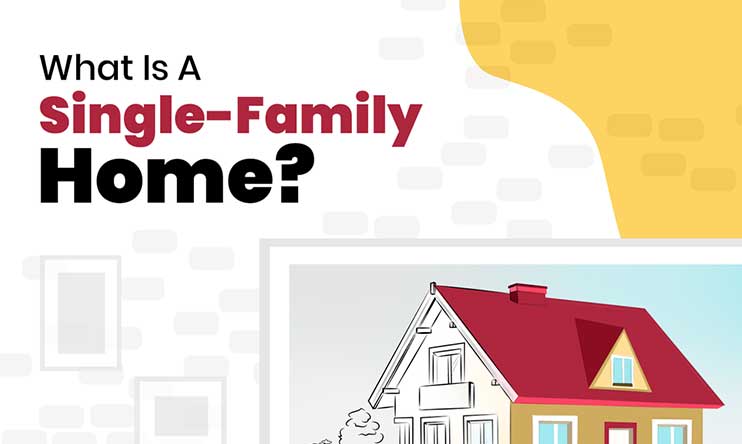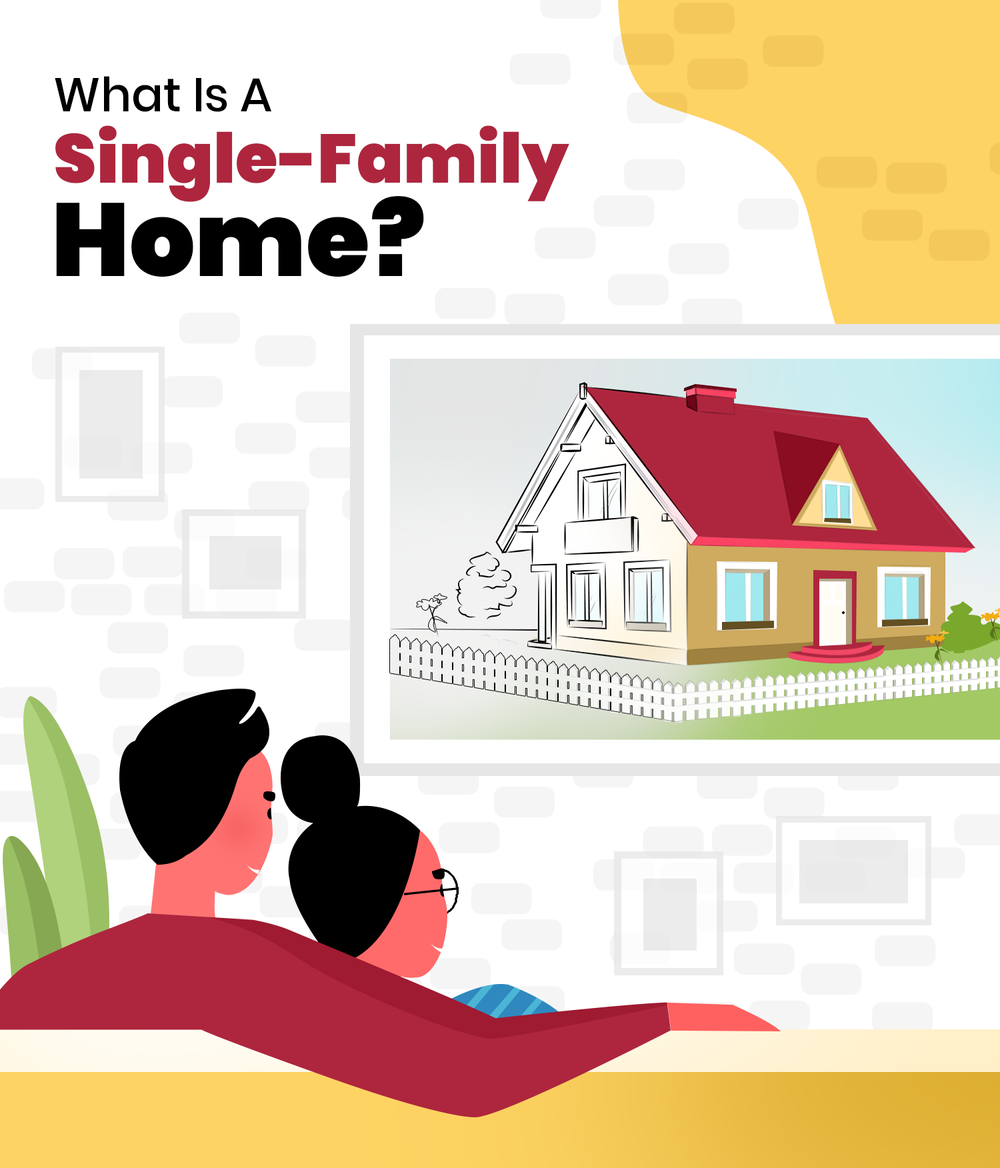
When we were still kids, chances are we sketched our dream home as a square building with a rectangular door, a few windows, a triangle roof with a chimney, and a large yard with flowers and trees enclosed by a white fence.
But when you enter the housing market as a prospective homeowner, you will find that you have many options for your possible dream abode. Real estate listings often include cozy condominiums, lovely townhouses, and of course, the single-family homes you pictured when you were younger. Let’s look at the definition of this type of residential property, its pros and cons, and whether it is the type of home that best suits you.
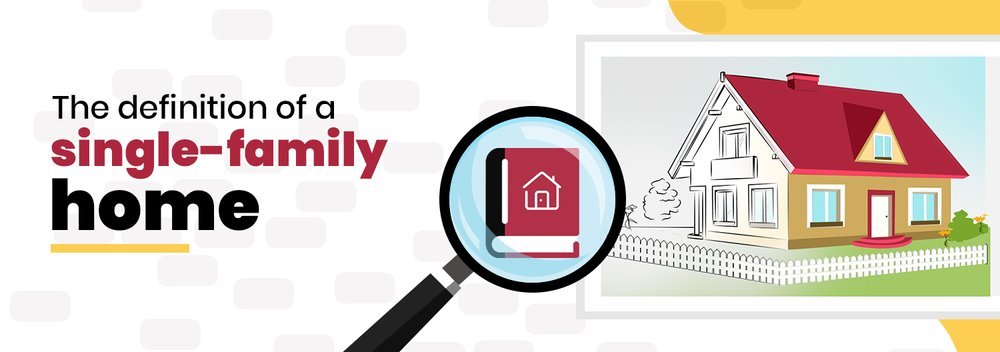
While it seems self-explanatory, in legal terms, a single-family home is a structure maintained and used as a single dwelling unit. It is a freestanding dwelling set alone on its own piece of property.
The U.S. Census Bureau, on the other hand, states that single-family housing units can be fully detached or semi-attached, side-by-side structures such as row houses, duplexes, and even townhouses.
In general, a dwelling should have these characteristics to be classified as a single-family home:
![]()
No common walls: This home is a stand-alone, detached property that does not share common walls, roofs, or any spaces with any other dwelling.
![]()
Land: Single-family homes sit on their personal parcel of land, and the area around the building is for the owners private use.
![]()
Access to property: It has dedicated private entrances and exits and has direct access to the street or thoroughfare.
![]()
Systems and Utilities: Only one set of utilities can service a single-family home and not be shared with other dwellings. This rule includes heating and AC systems, electricity, water, and other essential services.
![]()
One owner: This home is built as the residence for one family, person, or household and is owned and maintained by the homeowner.
![]()
Single kitchen: Last but not least, single-family homes only have one full kitchen. The definition of a full kitchen is as having an oven and stovetop. Although some may have kitchenettes, adding another full kitchen will alter the zoning classification.
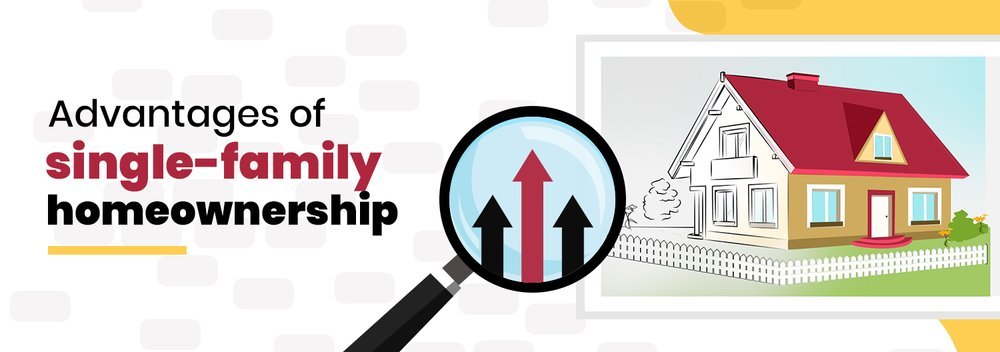
1. More privacy and less noise
Since a home like this is built on its individual slice of land and does not share walls, you will have some distance from your neighbors, giving you a high level of privacy. And while there’s always the possibility of having a noisy neighbor, the noise levels are substantially a lot less when you don’t have housing directly over or under your living space. You don’t have to worry as much about disrupting anyone if you want to crank up the music a little bit or vacuum late at night.
2. Space
Since single-family homes are typically bigger than multifamily dwellings, they also have more storage space. Whether that means more interior space, such as a spacious kitchen, more bedrooms, a basement, an attic, or exterior storage spaces, such as a garage, or shed, it certainly gives more elbow room to its occupants.
You also have a yard that’s yours alone, with a patio or a porch as a great selling point. You can also install other outdoor features like a swimming pool, a swing set, or a fire pit, as long as your municipality allows it.
3. Offers more freedom and flexibility
Homeownership, especially that of a single-family home, provides more freedom and flexibility in general. It’s easier to modify your home to your preferred taste and style. Some neighborhoods have homeowners association or HOA, which has rules and regulations, especially for the exterior. Even with HOA governances, there is still more room to personalize your exterior and outdoor spaces. You also have more options for renovation and remodeling, so long as you are in line with local zoning laws.
4. Comes in many different architectural styles
As opposed to the typical straightforward design of many condos or townhomes, single family homes also come in different architectural styles. Whether you’re looking to buy a lovely ranch, a mid-century modern, a Cape Cod, or even a Colonial home, you’ve got options that will satisfy your love for architecture.
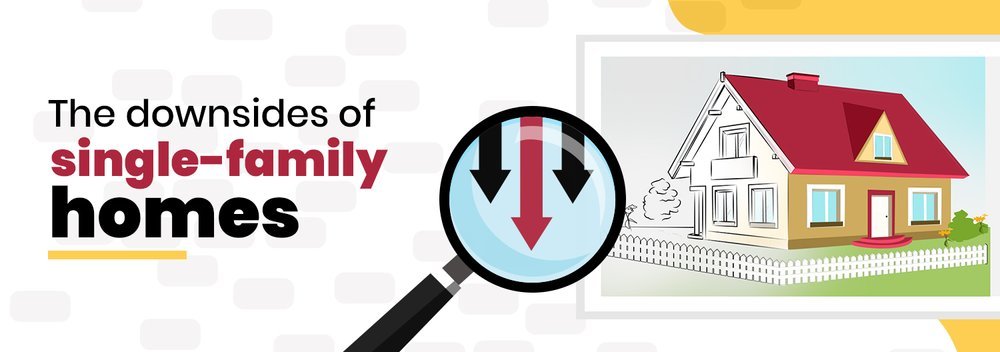
1. No communal amenities
Condos, townhouses, or multifamily homes usually include community amenities such as a gym, pool, or sports court. If you have grown accustomed to these, remember that you will unlikely have this access when you own a single-family home.
2. Higher purchase price and other expenses
Although it can vary based on many factors, single-family homes often include a higher price tag than other dwelling types. Research from the National Association of Realtors on existing-home sales data shows that the median sales price of single-family homes rose to $391,000 from September 2021. On the other hand, the median sales price of condominiums is $331,700.
Single-family homes are more expensive since you’re buying an entire lot. And with a higher purchase price comes the need for a larger down payment, closing costs, and recurring expenses such as property taxes and homeowners insurance.
3. Maintenance and responsibility
Even if you’re part of an HOA that takes care of a community’s shared spaces, being the owner of a single-family home means you’re solely responsible for all the home maintenance and upkeep costs. You are responsible for all yard maintenance, including mowing the lawn, cleaning the gutters, or shoveling snow on the driveway and sidewalk. It is a must to keep a maintenance budget just in case your home’s major systems require unexpected repairs to the roof, major appliances, and other emergency fixes.
Who are single-family homes best for?
If you’re on the market looking for homes and you’re still undecided on what home type to buy, a single-family home may be a good fit if:
-
You have or want to start a family.
-
You want the luxury of more space and privacy.
-
You have the time and money for general maintenance and upkeep.
-
You want the freedom to renovate your home and landscaping to your preferred style since there are fewer restrictions.
Remember to talk to a local and trusted real estate agent about the features you want the most and what best fits your price range to find the type of home that suits your dreams.


